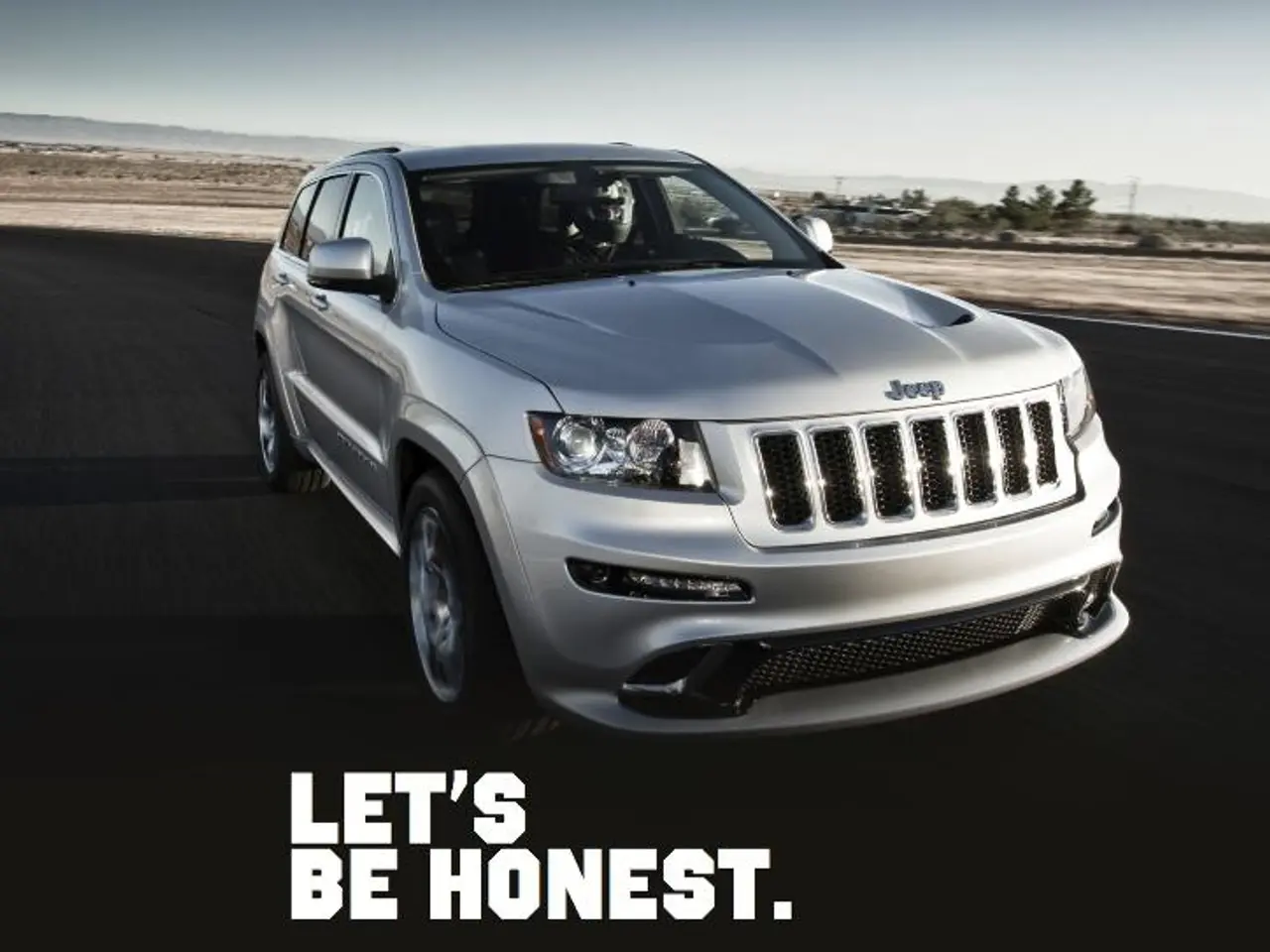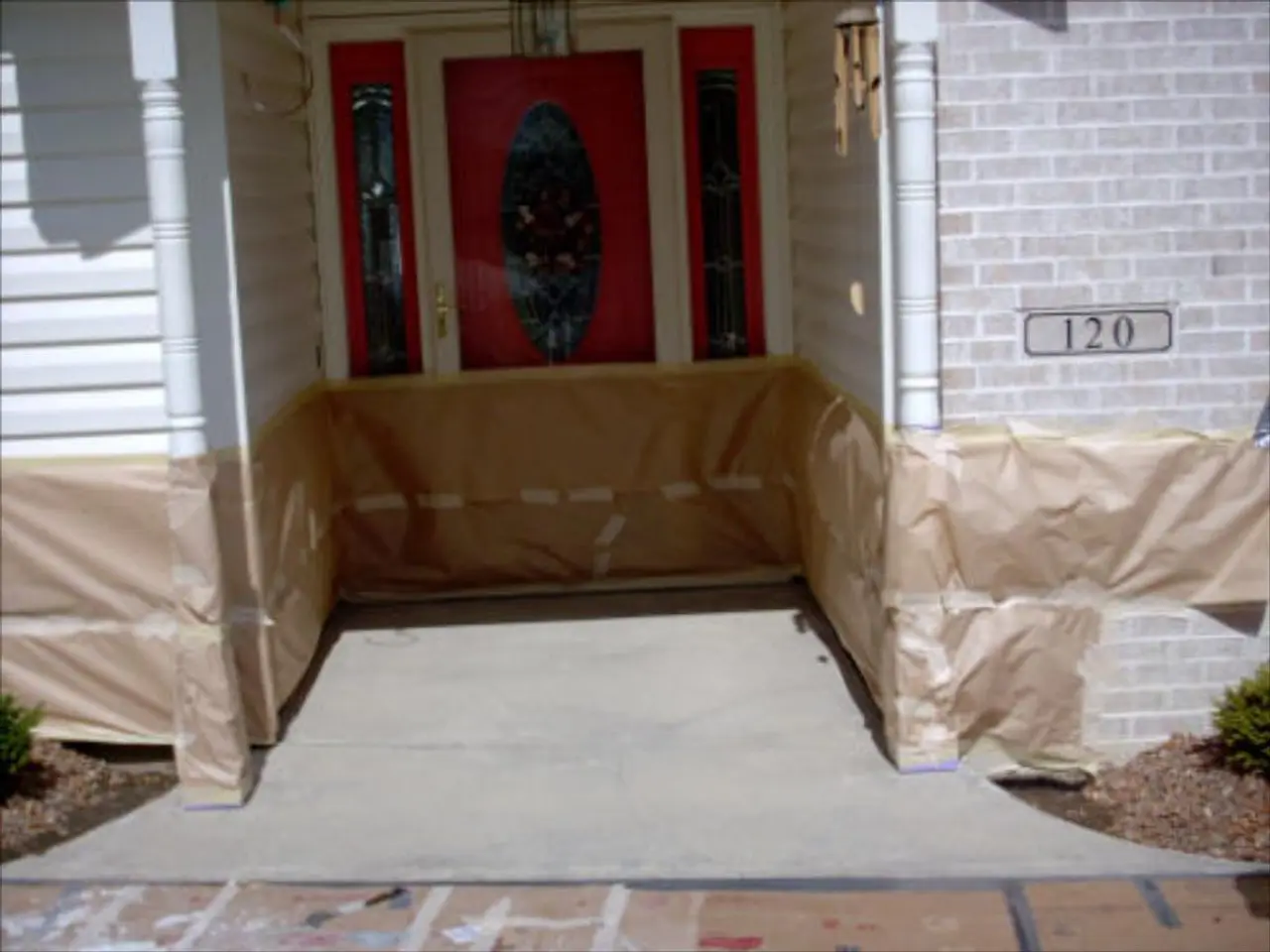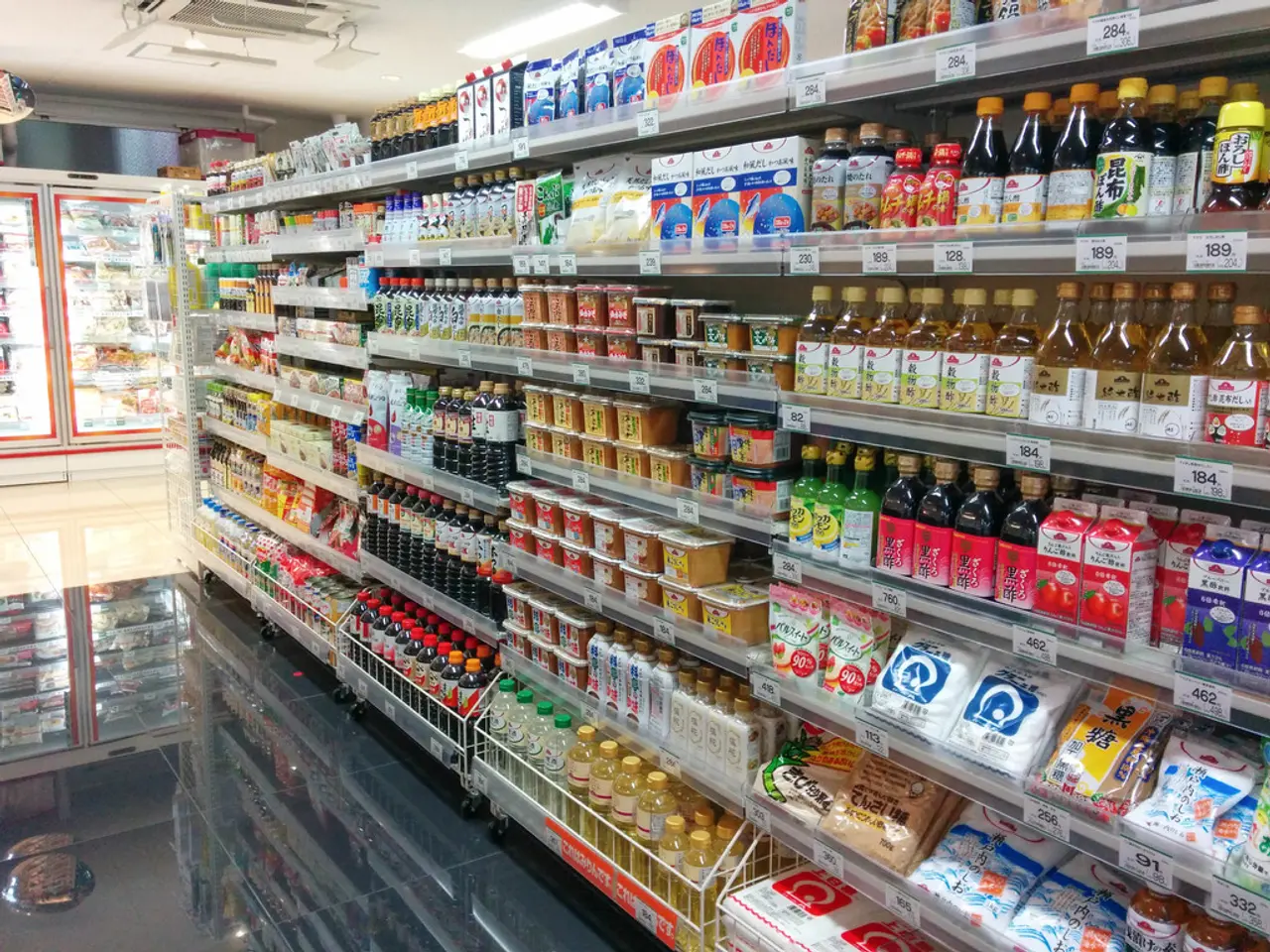Stellantis, the automaker that includes Opel, anticipates enhanced performance in the latter half of the current year.
Stellantis Plans for Profit Boost and Tariff Mitigation in H2 2025
In a bid to enhance profits and counteract tariffs, automaker Stellantis has unveiled a series of strategic moves for the second half of 2025. Under the leadership of new CEO Antonio Filosa, the company is focusing on localized production, operational efficiency, and leadership restructuring to drive growth and improve financial performance.
Stellantis aims to produce vehicles closer to key markets, such as the U.S., to bypass tariffs on imports from Mexico and Canada. This strategy includes ramping up shipments of Smart Car platform vehicles and expanding in growth regions like South America and the Middle East & Africa.
Filosa's approach emphasizes a "people-first" philosophy, operational rigor, and restructuring leadership to stabilize and streamline operations. These efforts are expected to help increase net revenues, improve operating margins, and boost industrial free cash flow in H2 2025.
To address tariff challenges, Stellantis is engaging in dialogue with U.S., Mexican, and Canadian officials to seek recognition of American content in vehicles produced outside the U.S. The company also supports policies boosting domestic production and is focused on avoiding margin erosion by optimizing supply chains and localizing manufacturing.
Despite a reported multi-billion dollar loss in the first six months of the year, Stellantis remains optimistic about its future prospects. The company anticipates incurring around 1.5 billion euros in tariffs imposed by former U.S. President Donald Trump, but maintains its expectation for improved business in the second half of the year.
Stellantis, which owns brands such as Fiat, Peugeot, Citroën, Opel, Chrysler, RAM, Jeep, and Dodge, continues to expect profits to improve. The company's revenue for the first half of the year was 74.3 billion euros, a decrease of 3% compared to the previous year.
Filosa reaffirms the company's commitment to making necessary decisions for growth. He emphasizes the need for a realistic assessment of challenges to achieve growth and significantly better results. Stellantis maintains a consistent cost-cutting approach to mitigate losses and maximize profits.
In summary, Stellantis' key strategies for H2 2025 to improve profits and mitigate tariffs are localized production near main markets, operational efficiency and leadership restructuring, engagement with policymakers to ensure trade rules acknowledge components’ origin, product innovation with a focus on platforms like STLA and heritage model revival, and reintroduction of financial guidance centering on sequential improvement in revenues, margins, and cash flows despite macro headwinds. These efforts aim to convert revenue growth into positive free cash flow and stabilize the company amid continuing tariff and competitive pressures.
Stellantis plans to engage in discussions with finance institutions to secure funding for its strategic initiatives, particularly in the automotive industry. This (finance) support will aid the company in expanding its transportation services and enhancing the efficiency of its manufacturing processes.
In pursuit of growth in new markets, Stellantis is keen on innovating its product lines, with a focus on the development of advanced technology platforms (automotive) like STLA and reviving its heritage models, aiming to capture a larger share of the growing global auto market.




